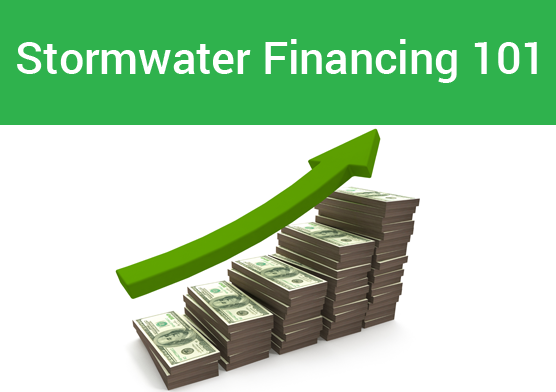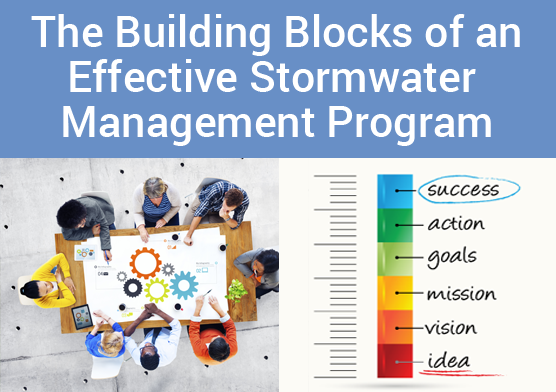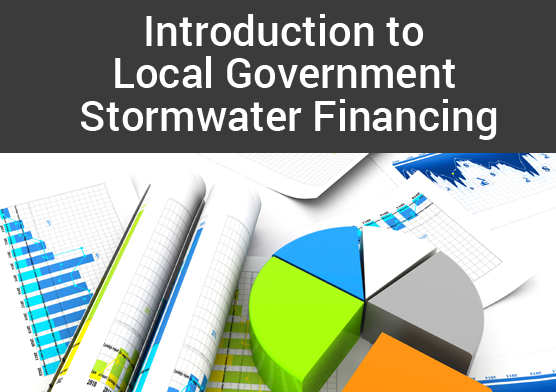Erosion and Sediment Control for Construction Sites
This course provides an overview of erosion principles, sediment control practices, & stormwater management requirements during construction throughout the Chesapeake Bay. This course is for anyone who wants to understand the principles and practices needed to keep polluted stormwater from leaving construction sites. Individuals responsible for demonstrating compliance with an Erosion Sediment Control plan or the conditions of a Construction General Permit will find the material a useful starting place.




